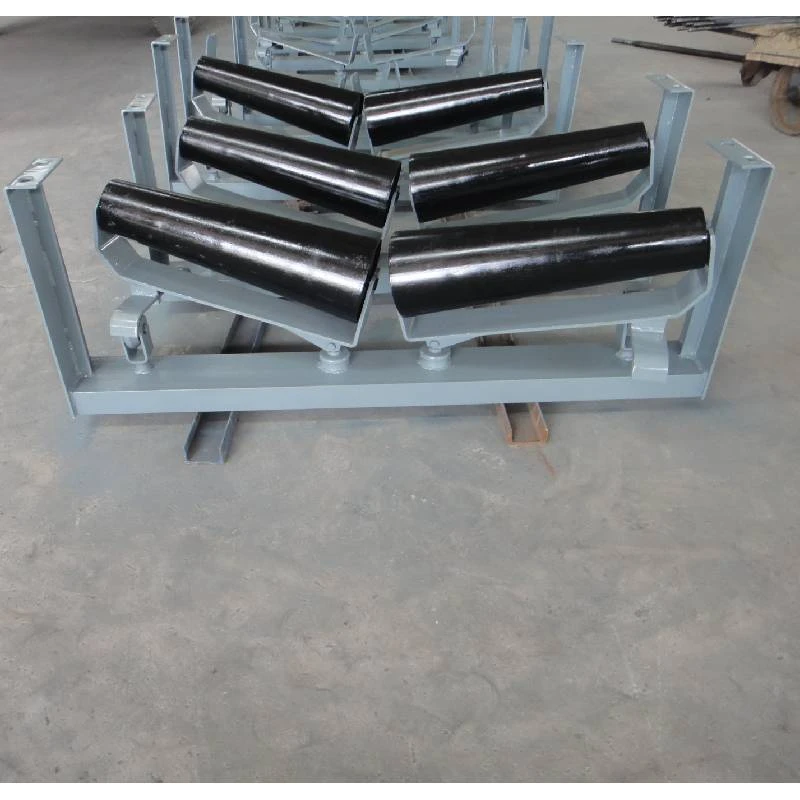 Afrikaans
Afrikaans  Albanian
Albanian  Amharic
Amharic  Arabic
Arabic  Armenian
Armenian  Azerbaijani
Azerbaijani  Basque
Basque  Belarusian
Belarusian  Bengali
Bengali  Bosnian
Bosnian  Bulgarian
Bulgarian  Catalan
Catalan  Cebuano
Cebuano  Corsican
Corsican  Croatian
Croatian  Czech
Czech  Danish
Danish  Dutch
Dutch  English
English  Esperanto
Esperanto  Estonian
Estonian  Finnish
Finnish  French
French  Frisian
Frisian  Galician
Galician  Georgian
Georgian  German
German  Greek
Greek  Gujarati
Gujarati  Haitian Creole
Haitian Creole  hausa
hausa  hawaiian
hawaiian  Hebrew
Hebrew  Hindi
Hindi  Miao
Miao  Hungarian
Hungarian  Icelandic
Icelandic  igbo
igbo  Indonesian
Indonesian  irish
irish  Italian
Italian  Japanese
Japanese  Javanese
Javanese  Kannada
Kannada  kazakh
kazakh  Khmer
Khmer  Rwandese
Rwandese  Korean
Korean  Kurdish
Kurdish  Kyrgyz
Kyrgyz  Lao
Lao  Latin
Latin  Latvian
Latvian  Lithuanian
Lithuanian  Luxembourgish
Luxembourgish  Macedonian
Macedonian  Malgashi
Malgashi  Malay
Malay  Malayalam
Malayalam  Maltese
Maltese  Maori
Maori  Marathi
Marathi  Mongolian
Mongolian  Myanmar
Myanmar  Nepali
Nepali  Norwegian
Norwegian  Norwegian
Norwegian  Occitan
Occitan  Pashto
Pashto  Persian
Persian  Polish
Polish  Portuguese
Portuguese  Punjabi
Punjabi  Romanian
Romanian  Russian
Russian  Samoan
Samoan  Scottish Gaelic
Scottish Gaelic  Serbian
Serbian  Sesotho
Sesotho  Shona
Shona  Sindhi
Sindhi  Sinhala
Sinhala  Slovak
Slovak  Slovenian
Slovenian  Somali
Somali  Spanish
Spanish  Sundanese
Sundanese  Swahili
Swahili  Swedish
Swedish  Tagalog
Tagalog  Tajik
Tajik  Tamil
Tamil  Tatar
Tatar  Telugu
Telugu  Thai
Thai  Turkish
Turkish  Turkmen
Turkmen  Ukrainian
Ukrainian  Urdu
Urdu  Uighur
Uighur  Uzbek
Uzbek  Vietnamese
Vietnamese  Welsh
Welsh  Bantu
Bantu  Yiddish
Yiddish  Yoruba
Yoruba  Zulu
Zulu industrial conveyor pulleys
Understanding Industrial Conveyor Pulleys Key Components in Material Handling
Industrial conveyor pulleys play a pivotal role in material handling systems, serving as essential components for the efficient and effective operation of conveyor belts. These devices are designed to transmit power and facilitate the movement of material from one location to another, ensuring smooth and reliable transport in a variety of industries, including manufacturing, mining, and logistics.
What are Conveyor Pulleys?
Conveyor pulleys are cylindrical rollers located at the ends of a conveyor system that help to keep the belt in motion. They usually come in a variety of sizes and types, tailored to specific applications and operational requirements. The primary function of pulleys is to support the belt, assist in bending the belt around curves, and create the appropriate tension to ensure maximum efficiency during operation.
Types of Conveyor Pulleys
There are several types of conveyor pulleys, each designed for particular tasks
1. Drive Pulleys These are powered pulleys that provide the motion needed to transport materials. A drive pulley is typically connected to a motor, and its rotation propels the conveyor belt forward.
2. Idler Pulleys These pulleys do not provide power but assist in supporting the belt. Idler pulleys help maintain tension within the conveyor system and ensure proper alignment of the belt while it operates.
industrial conveyor pulleys

3. Tail Pulleys Located at the end of the conveyor, tail pulleys help return the belt to its original position after it has delivered its load.
4. Take-Up Pulleys These pulleys allow for adjustment of belt tension, ensuring that the belt remains taut during operation. Proper tension is critical for the efficient operation of the conveyor system.
Materials and Construction
Conveyor pulleys are constructed from a variety of materials, including steel, aluminum, and various composites, depending on the specific application and environmental conditions they will face. For rigorous applications in harsh environments, pulleys can be coated for added protection against corrosion and wear. Proper design and engineering of conveyor pulleys not only enhance their durability but also improve the overall efficiency of the conveyor system.
Importance of Proper Maintenance
Regular maintenance of conveyor pulleys is essential for optimal performance and longevity. Routine inspections can help identify wear and tear, misalignment, or any potential issues that could lead to system failures. Lubricating bearings, tightening bolts, and replacing worn components are critical maintenance tasks that will ensure the continuous operation of conveyor systems.
Conclusion
In summary, industrial conveyor pulleys are crucial components that enable material handling systems to function efficiently. Their various types and specific designs allow them to adapt to different operational needs, making them indispensable in numerous industries. Understanding the importance of these pulleys, along with their materials and maintenance requirements, can help businesses maximize the performance of their conveyor systems, ultimately leading to increased productivity and profitability. As technology evolves, conveyor pulleys will continue to play an essential role in the advancement of material handling solutions, adapting to meet the changing demands of modern industry.
-
Revolutionizing Conveyor Reliability with Advanced Rubber Lagging PulleysNewsJul.22,2025
-
Powering Precision and Durability with Expert Manufacturers of Conveyor ComponentsNewsJul.22,2025
-
Optimizing Conveyor Systems with Advanced Conveyor AccessoriesNewsJul.22,2025
-
Maximize Conveyor Efficiency with Quality Conveyor Idler PulleysNewsJul.22,2025
-
Future-Proof Your Conveyor System with High-Performance Polyurethane RollerNewsJul.22,2025
-
Driving Efficiency Forward with Quality Idlers and RollersNewsJul.22,2025





























